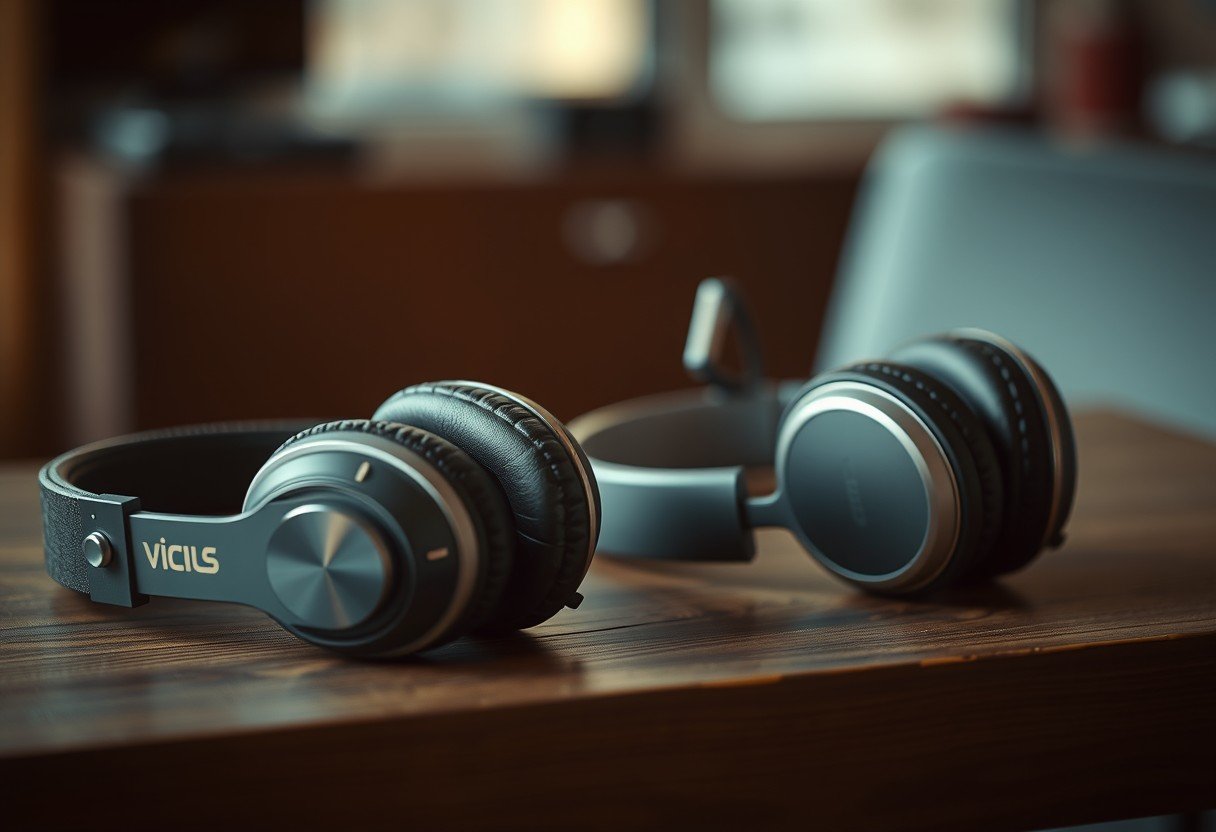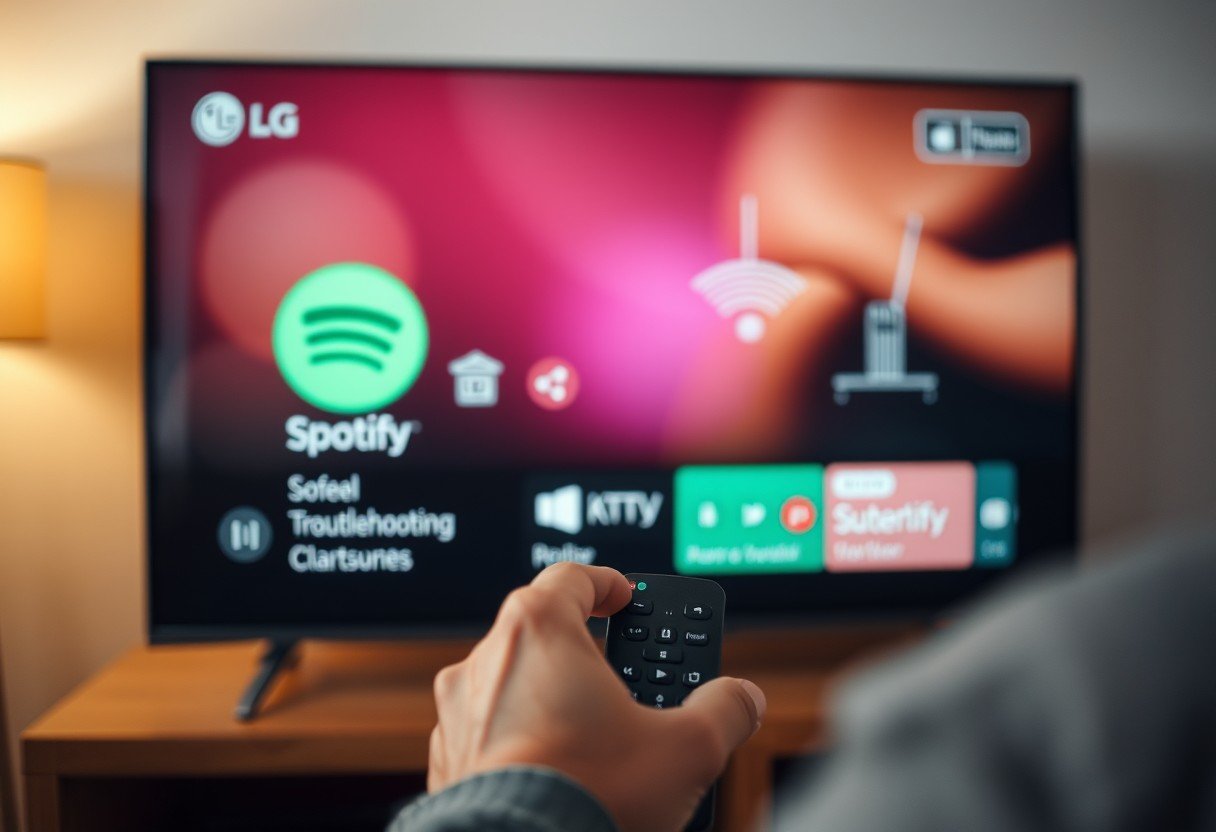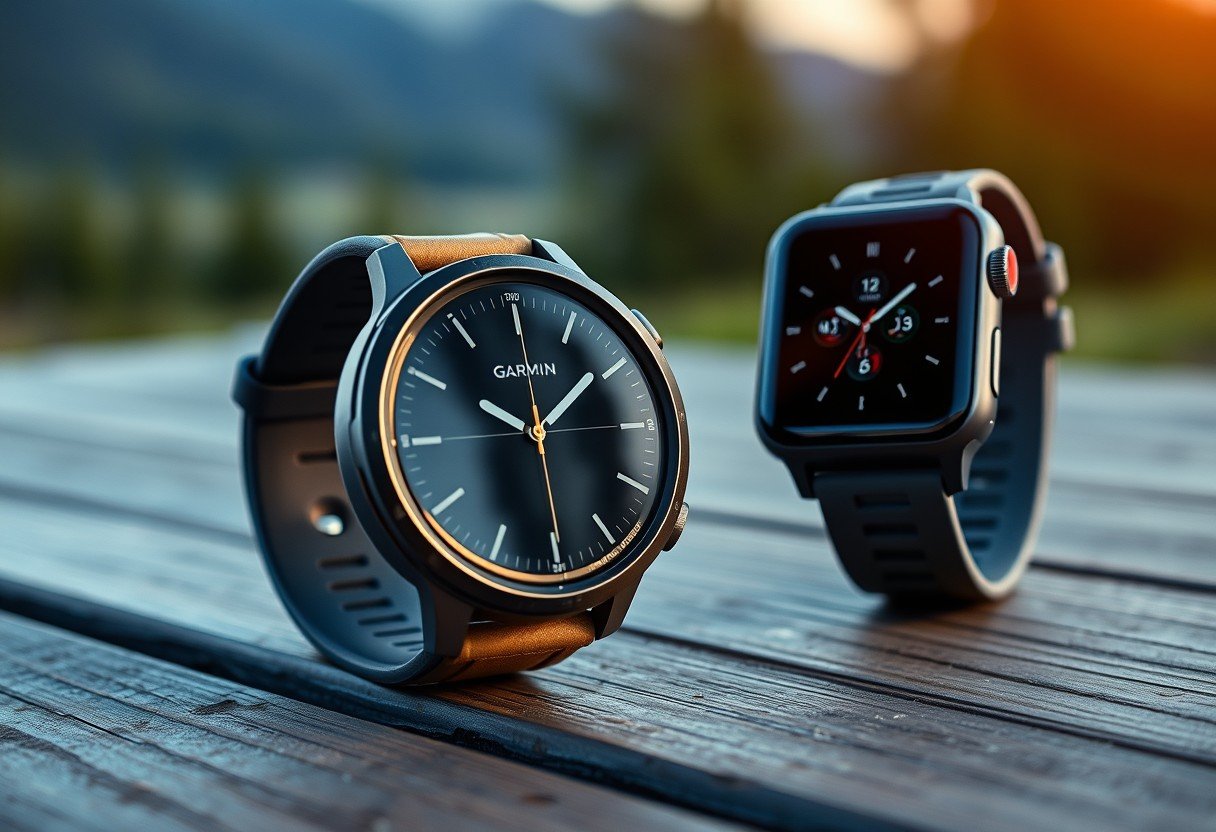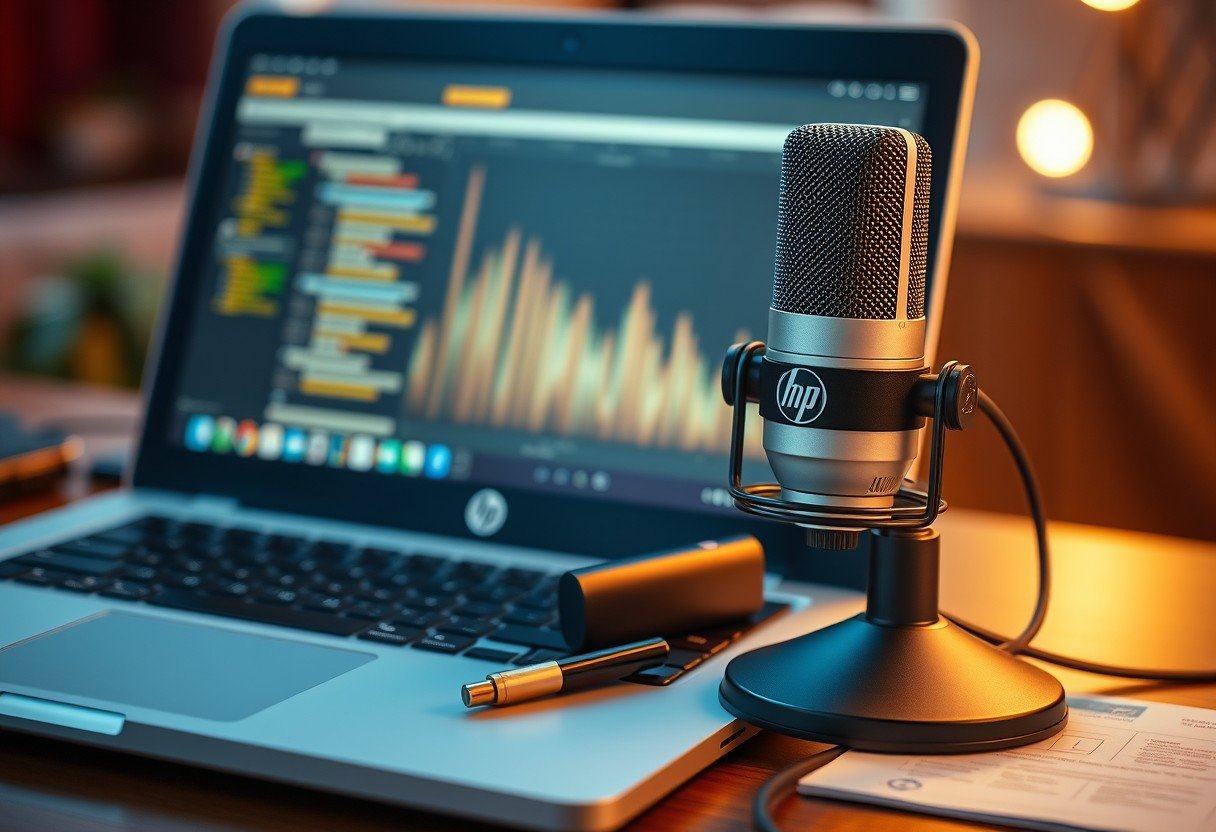Ever wondered if your favorite headphones get better with age like a fine wine, or if their sound quality slowly fades away? The truth is, how your headphones perform over time depends heavily on their build quality, how you use them, and the care you provide. Understanding the factors that cause decline, from physical wear to driver aging, is the key to preserving that crisp, clear audio experience you love for years to come.
The “Break-In” Period: Do Headphones Really Improve?
You may have heard audiophiles talk about a “break-in” period for new headphones. This is a phase where the sound signature can subtly change after several hours of use as the mechanical parts of the driver settle into their optimal state.
While this is a debated topic, some users report noticeable improvements, such as a smoother bass response or clearer high frequencies. This effect is more commonly associated with high-end models with more complex driver designs.
However, it’s important to understand that this is a one-time settling process. Headphones do not continue to improve indefinitely. After the initial break-in period, the primary factor affecting their sound is gradual wear and tear, not continuous improvement.
Why Sound Quality Tends to Get Worse Over Time
The reality for any electronic device is that physical components degrade. For headphones, this decline is often slow but steady, caused by a combination of physical stress, environmental exposure, and component aging. Two key areas are most susceptible to this degradation.
Physical Wear and Tear
This is the most common reason for a decline in performance and comfort. The parts you interact with daily take the most abuse. Worn-out ear pads, for example, can’t create a proper seal around your ears, which leads to poor sound isolation and a significant loss of bass.
The cable is another weak point, especially on wired headphones. Constant bending, pulling, and wrapping can cause internal wires to break, resulting in sound cutting out or a complete loss of audio in one ear.
Driver Deterioration
The drivers are the heart of your headphones; they are the tiny speakers that convert electrical signals into sound. Over time, these delicate components can deteriorate. Consistently listening at very high volumes can put excessive stress on the driver’s diaphragm, potentially leading to distortion.
Exposure to moisture, humidity, and dust can also damage the drivers and other internal electronics. This can cause corrosion or blockages that lead to muffled, unclear, or imbalanced sound, permanently altering the audio quality.
Key Maintenance Tips to Preserve Sound Quality
The good news is that you can significantly extend the life and performance of your headphones with a few simple maintenance habits. Proper care prevents the buildup of grime and protects against physical damage, ensuring they sound great for as long as possible.
Regular cleaning is crucial. Dirt, oils, and earwax can accumulate on the ear pads and in the speaker mesh, which can impact both comfort and audio clarity. For most headphones, you can follow a few simple steps to keep them in top shape.
- Wipe down the body and headband with a soft, slightly damp cloth. Avoid harsh chemicals.
- If your headphones have removable ear pads, take them off and clean them gently with mild soap and water, then let them air dry completely.
- Use a soft brush to carefully remove any debris from the speaker mesh.
Taking just a few minutes each week for cleaning can prevent long-term issues and keep your listening experience fresh and comfortable.
How Proper Storage Prevents Unnecessary Damage
Where you keep your headphones when you’re not using them is just as important as how you clean them. Tossing them into a backpack or leaving them on a desk exposes them to dust, spills, and physical impacts that can cause serious damage.
Using a dedicated hard case is the single best way to protect your investment. A case shields them from pressure, drops, and moisture. When storing them, be mindful of the cable. Instead of wrapping it tightly around the headphones, which strains the connection points, coil it loosely.
For over-ear models used at home, a headphone stand is an excellent option. It prevents the headband and ear cups from becoming distorted and keeps the cable from tangling.
Here is a simple checklist for maintaining your headphones:
| Maintenance Task | Frequency | Reason |
| Wipe Down Exterior | Weekly | Removes oils and grime |
| Clean Ear Pads | Monthly | Improves hygiene and sound seal |
| Inspect Cable | Monthly | Checks for frays or damage |
| Store in Case | After Every Use | Protects from physical damage |
Knowing When it is Time for a Replacement
Even with the best care, all headphones eventually reach the end of their life. Recognizing the signs of irreversible decline can save you from a frustrating listening experience. Sometimes, a simple part replacement, like new ear pads, is all that’s needed. Other times, the core components are failing.
Pay close attention to the audio quality. If you start hearing persistent crackling, distortion at normal volumes, or a noticeable imbalance between the left and right sides, the drivers may be failing. These are clear indicators that it might be time to start looking for a new pair.
Here are some common signs that your headphones are on their way out:
- Distorted Sound: Audio that sounds fuzzy, crackly, or muffled even with a good connection.
- Physical Damage: Cracked plastic on the headband, exposed wires, or ear cups that no longer adjust properly.
- Connectivity Issues: For wireless headphones, frequent dropouts or an inability to hold a charge are major red flags.
- Severe Comfort Loss: If the padding has compressed to the point where they are uncomfortable to wear for long periods.
Frequently Asked Questions about Headphone Longevity
Do expensive headphones last longer than cheap ones?
Generally, yes. Higher-end headphones are often built with more durable materials like metal and high-grade plastics, and may feature replaceable parts like cables and ear pads, which can significantly extend their usable lifespan compared to budget models.
Why does one side of my headphones sound quieter than the other?
This common issue can be caused by several factors, including a partially broken cable, a buildup of earwax blocking the speaker mesh, or a failing driver on the quieter side. Try cleaning them first and testing with another device to rule out a source issue.
Can humidity ruin my headphones?
Yes, excessive humidity and moisture are very damaging to the internal electronic components of headphones. It can lead to corrosion and short circuits, causing permanent damage to the drivers and affecting sound quality.
How often should I replace my headphone ear pads?
This depends on usage, but a good rule of thumb is to replace them every 12 to 18 months. You should replace them sooner if you notice they are flaking, cracked, or have become noticeably compressed, as this affects both comfort and sound quality.
Does battery life in wireless headphones get worse over time?
Yes, just like in a smartphone, the lithium-ion batteries in wireless headphones degrade with each charge cycle. Over time, you will notice that they hold a charge for a shorter period than when they were new. This is a normal part of the battery’s aging process.









Leave a Comment